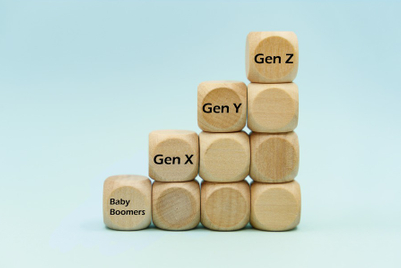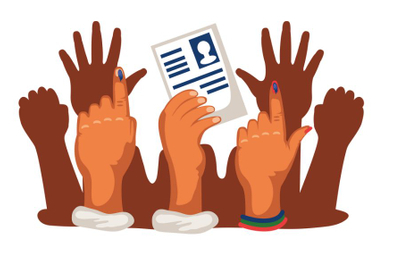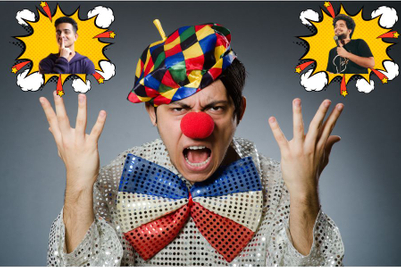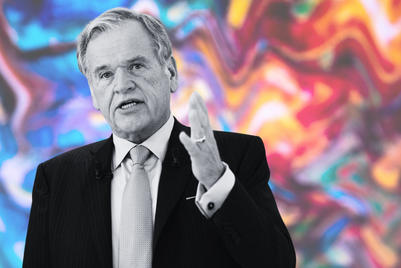.jpg&h=570&w=855&q=100&v=20250320&c=1)
There was a time when branding was all about consistency; logos stamped on billboards, taglines repeated until they stuck, and a carefully curated corporate voice that felt, well... corporate. But that era? It’s long gone.
Today, brands aren’t just brands. They are personalities, entities that interact, react, and, at times, even have a bad day online.
Think about it: When was the last time you engaged with a brand purely because of its product?
Chances are, it wasn’t just about what they were selling, but how they made you feel. The shift from traditional branding to a more human-centric approach isn’t a trend; it is the reality of the digital-first world.
The age of digital humanisation
People don’t connect with corporations; they connect with characters. That’s why brands today are stepping beyond polished perfection and embracing something raw, real, and refreshingly human. The internet has made sure that people see through façades, so a brand pretending to be perfect is just a brand waiting to be ignored.
What’s working? Personalised marketing, brands that actually respond (and not just with automated messages), interactive content that goes beyond the obvious, and socially responsible messaging that feels authentic, not like a random PR stunt.
Role of creative agencies
This shift isn’t accidental. It is orchestrated, intentional, and deeply thought through by creative agencies that understand the nuances of digital behaviour.
Creative agencies aren’t just making ads; they are crafting digital personalities, ensuring brands have something real to say in a way that actually resonates.
A well-timed post, a brand story that sparks emotion, or even a response that makes someone feel heard, these are the micro-moments that turn casual buyers into brand loyalists.
And these moments? They don’t happen by chance. They happen because creative teams understand what keeps people scrolling, stopping, and engaging.
The playbook
So, what’s the secret sauce? How to make brands feel more human? It is not just about following trends; it is about understanding human behaviour and making brands a part of the conversation in a way that matters.
• Need vs want: People don’t need another product shouting for attention. What they need is something that adds value to their lives, and the brands that recognise this shift are the ones staying relevant.
• Realism wins: There is power in imperfection. Audiences today engage more with brands that are not afraid to be honest, make mistakes, or even laugh at themselves. The robotic, faceless corporation? That’s a thing of the past.
• Capitalising on the right moments: Every brand wants to go viral, but the ones that actually do are those that understand the importance of timing. It’s about knowing when to speak up and when to stay quiet.
• Tailored messaging over blanket statements: A message that works for Gen Z might not land the same way with millennials. Understanding the nuances between different audience segments and personalising content accordingly is key.
• Micro-moments matter: People remember how brands make them feel in small, everyday interactions—whether it’s a thoughtful reply, a clever piece of content, or simply making their day easier in some way.
Examples near home
How are Indian brands making us feel something? India is seeing some of the smartest executions of brand humanisation.
For instance, Kurlon kept it simple but memorable. Manoj Pahwa, carefree and dancing on a bed, didn’t need words to tell us how comfortable it was; you could just feel it. No jargon, no complicated messaging, just a visual that stuck.
Asian Paints is a perfect example of taking one core message and adapting it across years with IPs that remain relevant while beautifully conveying their product offering. Zomato has turned something as routine as food into little moments of comedy, making the wait feel less like a wait and more like a conversation with a witty friend.
These brands aren’t just advertising, they are speaking our language, slipping into everyday life in ways that feel effortless, natural, and, most importantly, human. At the core of it all, creative agencies aren’t just shaping campaigns; they’re shaping perceptions.
They are helping brands evolve from distant entities to relatable, dynamic, and, most importantly, human voices. And in a world that is overflowing with content, the brands that truly connect? They are the ones that feel like they belong in the conversation—are the ones that will stand the test of time.
It’s not just about being seen anymore. It is about being remembered.
 - Naman Agarwal, co-founder and creative head of itch.
- Naman Agarwal, co-founder and creative head of itch.


.jpg&h=334&w=500&q=100&v=20250320&c=1)

.jpg&h=334&w=500&q=100&v=20250320&c=1)

.jpg&h=334&w=500&q=100&v=20250320&c=1)



.jpg&h=334&w=500&q=100&v=20250320&c=1)
.jpg&h=334&w=500&q=100&v=20250320&c=1)




.jpg&h=268&w=401&q=100&v=20250320&c=1)
.jpg&h=268&w=401&q=100&v=20250320&c=1)


